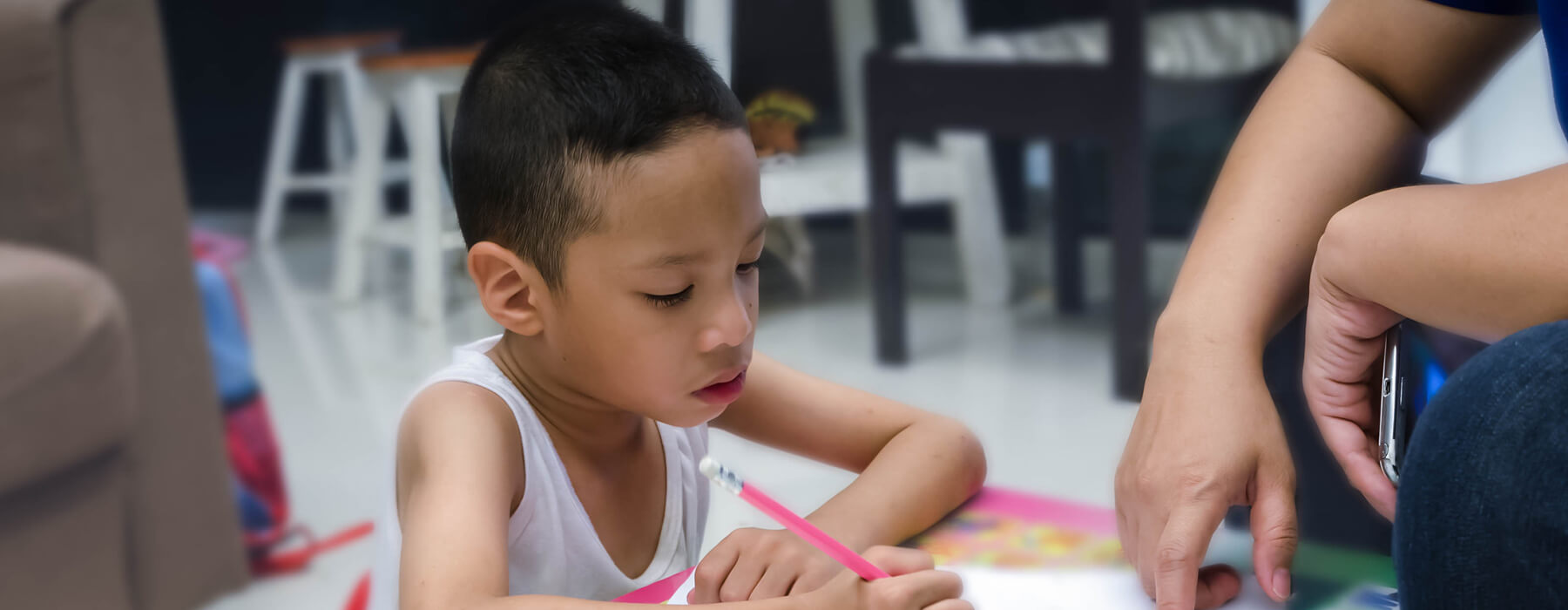Several things need to be considered when looking to hire a pediatric therapist for a child. You are likely to find lots of options in the market, and you want to make sure you are getting nothing but the best for your child. Pediatric physical therapy should only be carried out by experts who know what they’re doing and can guide you if they’re ever not around.
What is Pediatric Physical Therapy?
Pediatric physical therapy treats injury, deformity, or disease in a child. Treatment often involves different types of massage and heat treatments at varying temperatures. Surgery is not often prescribed, and neither are drugs. Ointments and oils, however, might be a part of the routines.
Pediatric physical therapy aims to improve range of motion, increase mobility, and improve flexibility. An appropriate pediatric physical therapy will make your child’s life a lot easier, and daily activities will no longer be a struggle. Pediatric physical therapy involves dealing with several bodily movements and how they can fully use these movements to the best of their capabilities.
There Is No Set Formula For All Children
There are many exercises and tasks that an expert prescribes that strengthen and help the child grow stronger. Your pediatric physical therapist will only know exactly what to do after examining and interacting with your child. After one or two meetings, they will know which services and exercises are required.
We don’t often realize it, but there are so many movements that go into even simple everyday activities, and when even one of them gets hampered, a lot of difficulties are caused. A pediatric physical therapist will help make the child’s everyday activities easier and seamless.
A pediatric physical therapist also treats children born with injuries or disorders. These are caused for a variety of different reasons. The most important thing is to give the child the best treatment possible and ensure that their future is bright.
The first few years are perhaps the most important years of a child’s life, and physical incapability will take away a lot. A good pediatric physical therapist will ensure that these years are lived to the fullest while also taking good care of their mobile health.
Any physical therapy session or procedure should be carried out only after your pediatrician has properly diagnosed your child’s condition and prescribed sessions with an expert. You should never self-medicate or try exercises that you’re not familiar with by yourself.
Where Are Sessions Conducted?
Sessions can be conducted in natural learning environments like preschools, job sites, recreational centers, or community learning centers. Some families may also have to arrange special clinics or monitored environments if more specialized therapy is required. A professional will most likely be equipped with the necessary equipment required to carry out various procedures.
The room should always have professional staff members and highly qualified therapists who know what they’re doing and have trained well for and know how to work with children of all ages. A lot of times, your pediatric therapist and your doctor will work closely together and exchange and examine results, tests, and progress.
Role of Family
Parents, siblings, and other family members also play an important role in a child’s physical therapy journey. The therapist will often involve the child’s family members to make exercises more fun. Some children may not be comfortable with strangers, especially in new spaces. In such cases, it is integral for a close family member to participate in each session.
A good therapist will involve family members to promote development, and the child’s program can be curated to be most efficient. Some ways family members can help are –
- Facilitating daily routines
- Making daily activities comfortable
- Creating more mobility options
- Making the most of all the equipment
- Ensuring safety
- Supervising sessions for comfort
- Staying up-to-date on resources
- Giving timely and accurate information about the child
- Facilitating the transition between childhood and adulthood.
Sometimes, sessions begin with an interview of immediate family members and caregivers to give the maximum context about the child’s home environment. This allows the therapist to put together the most comprehensive and wholesome routine if required. This also helps identify the child’s needs and what concerns the family might have.
A thorough examination of the child’s daily life and routine also tells the therapist whether the child needs to use assistive technology to improve joint and muscle function, neuro-motor development, etc.
If your child has signs with anything related to speech, movement and mobility, a few sessions with a good pediatric physical therapist could be exactly what they need. Improved mobility greatly enhances the quality of life of a person and allows them to reach for the skies.





